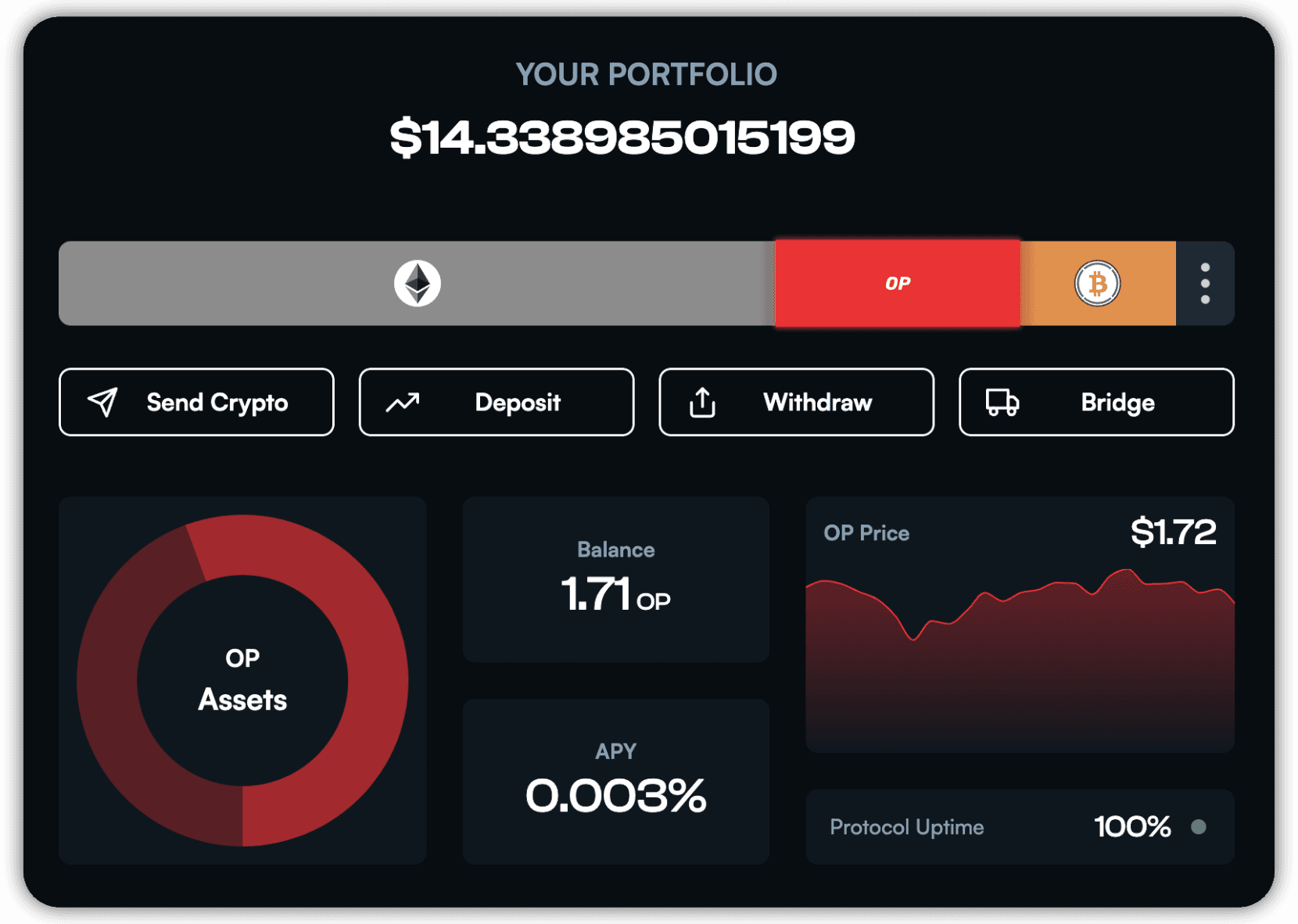⚠︎
Permissionless lending built on Uniswap.
Aloe puts liquidity to work by connecting lenders and market-makers.
Fully open-source, governance-minimized, and powered by Uniswap.

Backed by the best
Features
Innovative architecture
Thoughtfully designed for your safety and security while pushing the space forward.
Dynamic LTVs
The market is always changing, so LTV should too. The onchain volatility oracle can push up to 6 updates per day.
Liquidation warnings
Sign up to receive Telegram notifications before your account is liquidated so you can avoid penalties.*
Robust oracles
Uniswap V3 TWAP plus built-in manipulation detection means you can sleep soundly.
Dutch auctions
The liquidation flow uses gradual Dutch Auctions to minimize your losses and maximize efficiency.
Customizable risk
Isolated markets mean one bad token can't ruin the bunch. Lend only to pairs you're comfortable with.
Governance minimized
Immutable contracts and just 5 parameters to tweak. Core functionality works with or without governance.
Features
Powerful UI
We strive to bring you an exceptional user experience so that you can benefit from Aloe's decentralization without compromise.
Features
Flexible protocol
Providing you with the tools and information you need to handle hundreds of tokens across multiple chains.


Unified portfolio
The portfolio page helps you interact with the protocol, viewing compatible tokens and managing deposits all in one place.
Manipulation: 14 < 578
14.12%

Transparent oracle
Keep tabs on oracle health and manipulation status through the UI.


Built for Ethereum
Duplicate file
Multichain deployment
Works anywhere there's Uniswap V3 liquidity. Live on Opt, Arb, and Base.
Aloe Bot
/help
Helpful bot
Get notified before liquidation.* Additional capabilities soon™️





Familiar analysis
Benefit from a rich ecosystem of Uniswap research and analysis.
FAQ
Some things you may want to know
We answered questions so you don’t have to ask them.
Do you charge any fees?
What if everyone tries to withdraw at once?
How do you make sure borrowers are solvent?
Who can be a lender? Who can be a borrower? Who can be a liquidator?
Will I earn a fixed interest rate, or does it change over time?
How is Aloe different from AAVE?
Blog
Latest from our blog
Stay up-to-date on all things Aloe, from frontend features to research and our philosophy on building open-source software.


















